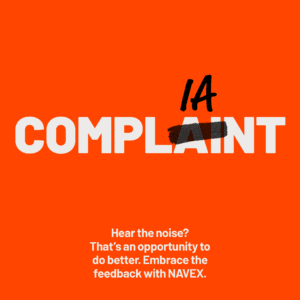with co-author Andrew Lamb
Most corporate directors, officers and in-house lawyers know that directors and officers (D&O) liability insurance covers losses due to lawsuits alleging wrongdoing by directors and officers, but insureds should determine whether they have coverage needed for other types of claims as well. For example, government investigations, subpoenas and demand letters can be very costly. While these are not lawsuits, D&O insurance often can be used to pay these costs.
Not all D&O policies are created equal when it comes to insuring against demands outside of litigation. One key difference-maker is how the policies define what counts as a covered “claim.” Companies should ensure that their D&O policies define “claim” appropriately. The definition should encompass all types of demands needing insurance and be clear enough to negate any suggestion that investigations, subpoenas and written demands are not “claims.” For example, a D&O policy might define insured “claims” to include only lawsuits against an insured. Under that definition, an insurer might argue that there is no insured “claim” asserted by a government investigation if the investigators seek only information or a change in business practices. That definition also might prompt an insurer to deny coverage for a subpoena issued by a third party—meaning a legal demand for information issued in a lawsuit in which the insured individuals and companies are not named as parties—or a letter demanding payment of damages. Responding might require sophisticated legal advice and extensive efforts by lawyers and other professionals, and it might prove costly. But if the definition of “claim” is worded too narrowly or clumsily, coverage might be unavailable, at least without a big fight with the insurer.
To obtain the benefit of more comprehensive coverage, where possible, policyholders should insist on “claim” definitions that expressly include government investigations, subpoenas and various kinds of written demands for relief. Where specific types of proceedings are of particular concern, such as letters from regulatory enforcement agencies requiring production of documents, policyholders should consider having the policy list those demands as examples of covered “claims.”
Having an appropriate “claim” definition is only part of the strategy for securing coverage. Even where the definition is broad enough, insureds must take care not to hinder the path to coverage by the way they give notice of and describe the demands against them. Notices should be timely and clear in stating that the demanding party actually wants something. The demand should be compared carefully against the definition of “claim” to determine how it fits within a policy’s coverage. Coordination with insurance counsel can help companies when they try to draft and submit accurate notices that preserve coverage.
Regardless of how a D&O policy defines a covered “claim,” where there is a possibility of coverage, insureds should take care to provide notice of the claims under the right policies in ways that preserve the most coverage. A claim should be analyzed to see if it alleges types of injuries or incidents potentially covered by policies other than D&O insurance. For example, a company’s general liability policy may provide coverage for losses relating to a letter demanding relief based on allegations of false advertising or faulty products. Policies covering product recalls also may be relevant. However, insureds should be careful when providing notice because providing notice under one policy might make it harder to obtain coverage under another. Again, consulting with insurance counsel can help to ensure that coverage is not needlessly lost by mishandling notice issues.
Finally, even if the events do not quite suffice to meet the definition of “claim,” giving notice of those events nevertheless may be prudent. Under many policies, giving notice of circumstances that could give rise to a future claim will lock in coverage under the current policy. Doing that can be critical because future policies may not cover future claims arising from facts known to the company prior to the inception dates of those policies. If the company decides to wait until a claim is made as a result of the circumstances already known, it might find itself without coverage under any of its present or future policies.
Companies need to take these issues seriously in order to get the most out of their D&O insurance. Having a broad definition of “claim” and providing timely notice under the right policy or policies can help companies secure critical coverage and avoid unnecessary and costly legal disputes with insurers.



 Stephen A. Weisbrod is an attorney with Weisbrod Matteis & Copley PLLC, a boutique law firm based in Washington, D.C. He represents businesses and individuals across the United States in disputes with insurance companies and in other commercial litigation.
Stephen A. Weisbrod is an attorney with Weisbrod Matteis & Copley PLLC, a boutique law firm based in Washington, D.C. He represents businesses and individuals across the United States in disputes with insurance companies and in other commercial litigation.






